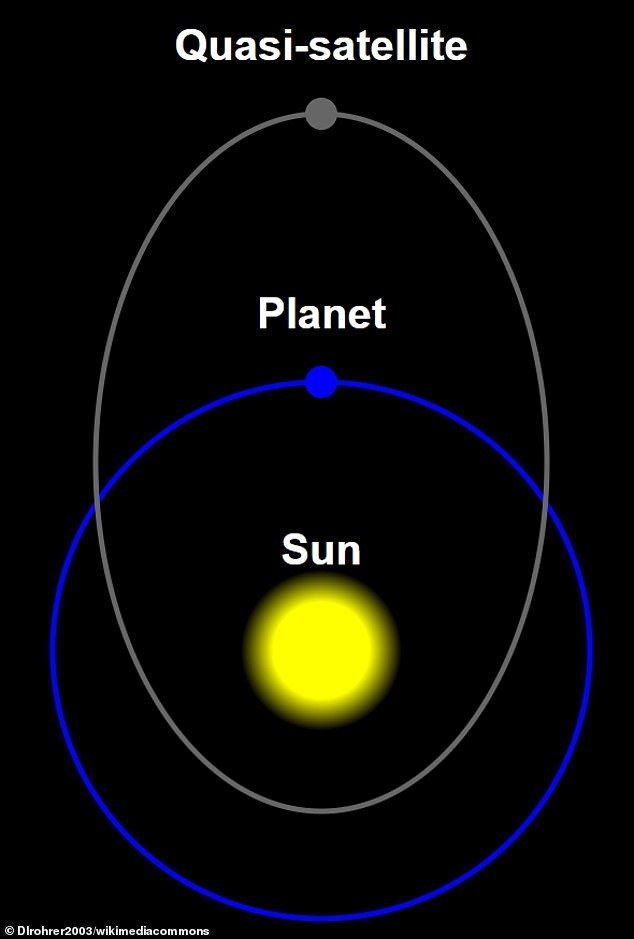Free Courses Sale ends Soon, Get It Now


Free Courses Sale ends Soon, Get It Now



Disclaimer: Copyright infringement not intended.
Context
Details
Why 2023 FW13 is a Quasi-Moon?
How is it different from our Moon?
Note: This is not Earth's only quasi-companion; a different quasi-satellite known as Kamo'oalewa was discovered in 2016.
|
PRACTICE QUESTION Q. Consider the following statements: 1. Quasi-moons, also called quasi-satellites are bound by the gravity of the Sun instead of the Earth. 2. The ‘Hill Sphere’ is such a part of any planet, where the gravitational force of the planet is the weakest. Which of the above statements is/are incorrect? (a) Only 1 (b) Only 2 (c) Both 1 and 2 (d) Neither 1 nor 2 Correct Answer: (b) Only 2 |
https://www.space.com/asteroid-2023-fw13-quasi-moon-earth
© 2024 iasgyan. All right reserved